Nikon Monarch HG 8×30
Specifications:
Objective diameter: 30 mm
Magnification: 8 x
Exit pupil: 3.75 mm
Eye relief (acc. to spec): 16 mm
Usable eye relief (measured from rim of eyecup): 15.5 mm
IPD: 56 – 74 mm
RFOV: 8.3 degrees = 145 m
AFOV (measured, rounded): 62.5 degrees
Minimum focus distance (measured): 1.65 m
Focus type: CF (direction of rotation from close to infinity: > clockwise)
Degrees of rotation of focus wheel from 3m to infinity (measured): 185 degrees
Range of diopter adjustment (estimate): +/- 6 dpt*
Extra travel of individual focus beyond infinity (estimate) 5.5 dpt
Prism system: Schmidt-Pechan
Waterproof: yes
Weight (measured, with eyepiece cover and strap): 543 g
Made in: Japan
*range of diopter adjustment not affected by position of focus wheel
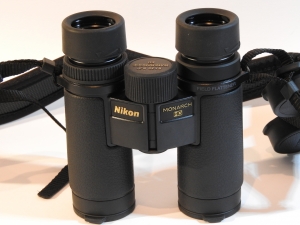
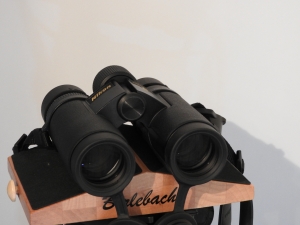
Remarks:
Lightweight and compact, nicely finished and well built, the smallest Monarch HG model from Nikon was introduced following the larger 8×42 and 10×42 models which got overall very good ratings by the birding and nature observation community. The smaller version reflects in many ways the qualities of the larger one, but doesn’t reach the very nice edge sharpness of the x42 models.
see separate posts
“Nikon Monarch HG 8×42”, https://binocular.ch/nikon-monarch-hg-8×42/
“Nikon Monarch HG 10×42”, https://binocular.ch/nikon-monarch-hg-10×42/
Ratings:

Review:
Nikon Monarch HG 8X30 – A Brief Review
The new Nikon Monarch HG comes into a market occupied by several dozen other makes and models in sizes 8×33, 8×32 and 8×30.
To briefly compare the Monarch HG 8×30, I chose seven similarly priced 8×30’s, as well as the larger Monarch HG 8×42 introduced some time ago, to see how well the Nikon fares (I may at some later time also compare the Monarch HG to more expensive competitors such as Zeiss FL, Leica Ultravid HD+ and EL SV).
Some data of the Monarch HG 8×30:
– RFOV 8.3 o = 145m/1000m
– AFOV: 60.3 o
– Eye relief: 16 mm
– IPD: 56-74mm
– Close focus: 2 m
– Prisms: Schmidt-Pechan
– Weight acc. to spec. “naked”: 450g
– Weight measured with strap and eye caps: 543g
– Waterproof: 5m, 10 min.
The new HG looks and feels like a “young” Monarch HG 8×42: same design (much less “baroque” than the EDG), same excellent finish, nice haptics and ergonomics, well balanced, small and light.
Mechanically also very similar to its larger brother: the central hinge is firm but not too tight, the eyecups are slightly smaller than on the 8×42 but are comfortable on the eyesockets. Positions are: Fully in, 2 intermediate clickstops, fully out; they exhibit just slightly more play than those of the 8×42.
The focus wheel turns smoothly and very similarly to the bigger model, but with a much higher transmission ratio: on the 8×42, focusing from 3m to infinite requires a 110 degree turn, on the 8×30 only a 60 degree turn. There seems ample travel of the focus wheel beyond infinity.
The same applies to the diopter adjustment; it’s precise, no play; the neutral position matches the “0” mark.
Optics:
Nice round exit pupils, no false pupils, but the area around the EP exhibits quite a bit of light structures and reflexes (reminded me much of the EL SV), but this seems not to affect image quality much.
The ease of view (“Einblickverhalten”) is good, but not as good as on the 8×42. To avoid kidney beaning when observing without glasses, I had to fully extend the eyecups. The 8×42 is a bit more forgiving in this respect. Observing with glasses: no definite answer (I observe without), but I have the impression the 8×42 might again be easier for spectacle wearers than the 8×30.
The field of view is very nice with 145m. This is more than most 8x30s feature (I only know two that have more: the Nikon E II, and the DDoptics Fieldstar). As the attached table shows, most comparable binos have less or even much less (e.g. Trinovid HD) field of view.
In this respect and in most others, the image of the Monarch HG 8×30 is comparable to the 8×42 Monarch HG: very good central sharpness and contrast, good CA correction (there is CA in the outer parts of the image, but less than on many other 8x30s), good straylight suppression – reviewed in daylight only, but including the “glittery water surface” and “low sun” tests -, good color fidelity, bright clear image throughout most of the field of view.
NOTE: recent reviews by other forum members (e.g. AltaVista) indicate a bit of “stray light image flaring” in certain situations; I do not dispute these findings, just did not experience any myself.
But there are differences between the 8×42 and the 8×30: the rectilinear distortion is almost not visible in the 8×30, whereas there is a bit of it in the 8×42. Nevertheless, I could not perceive a substantial rolling ball effect when panning, so Nikon seems to have done a good job here in my view.
And: as I had indicated after a very tentative trial of the new 8×30, the edge sharpness appeared a tad inferior to the 8×42. When panning, the 8×42 appeared to show a slightly better off-axis sharpness than the 8×30, and this impression was confirmed when I mounted the binos on tripod.
Compared to the
Zeiss Conquest HD:
The HD is bigger and heavier. Same eye relief, with 140m not far behinf the HG, similarly “fast” focusing Good brightness in the Zeiss, but for my eyes, central sharpness and contrast are better in the Nikon, and the edge sharpness is much better in the Nikon.
Pentax DCF ED:
The Pentax is compact and gives a rugged impression with its heavy armour. Narrower field of view (131m). Sharpness and contrast thoughout the image are clearly inferior to the Nikon, the same is true for brightness.
Nikon HG-L:
mechanically excellent. Brightness of the image, as well as sharpness and contrast are inferior to the Monarch HG, edge sharpness is much worse. Color fidelity in the HG-L appears as good as in the Monarch HG.
Kowa Genesis:
Wide 140m fov. The Kowa exhibits excellent central sharpness and a nice color saturated image, very nice brightness as well. Edge sharpness is inferior to the Nikon.
Leica Trinovid HD:
central sharpness appears high and almost as good as in the Nikon, despite clearly more CA (I have wondered for some time why Leica calls it “HD”). Edge sharpness is clearly inferior to the Nikon, despite a much narrower field of view (the Trinovid with 124m has the narrowest field of all “contestants”).
Meopta MeoStar B1:
although of dated design, the MeoStar still impresses me with its slightly warmer, but high contrast image and a very acceptable edge sharpness for a non-flat-image bino (not as good as the Nikon, though).
Swarovski CL (new):
this was the “surprise of the day”: the CL showed not only excellent central sharpness, at least equivalent to the Nikon, but also better off-axis sharpness than the Nikon. Even compared to the 8×42 Monarch HG, the CL impressed with a flat, bright, CA- free image sharp almost to the edge, confirmed both in free hand panning and mounted on tripods. Of course, the narrower field of view – 132m in the CL against 145m in the Nikons – needs to be taken into account.
Preliminary conclusion:
The new Monarch HG 8×30 competes well with established models (of course, much will depend on how it is priced in various countries). It beats most in terms of field of view, and its flat bright sharp image leaves many other 8x30s behind. In addition, it’s compact size, light weight, excellent finish and mechanical excellence speak for it as well.
I personally like the larger 8×42 Monarch HG, with its – for my eyes – slightly better edge sharpness, even more.
If I had to rate to rate the 8×30 binoculars compared in this review, based only on their image characteristics – field of view, central sharpness, edge sharpness, brightness – and my personal preferences, this would probably look as follows (not to be taken too seriously :-):
1 Swarovski CL (new)
2 Nikon Monarch HG
3 Kowa Genesis
4 Meopta MeoStar
5 Zeiss Conquest HD
6 Leica Trinovid HD
7 Nikon HG-L
8 Pentax DCF ED
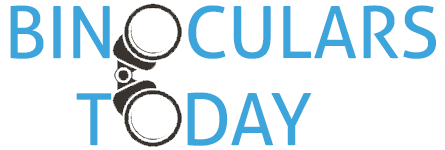
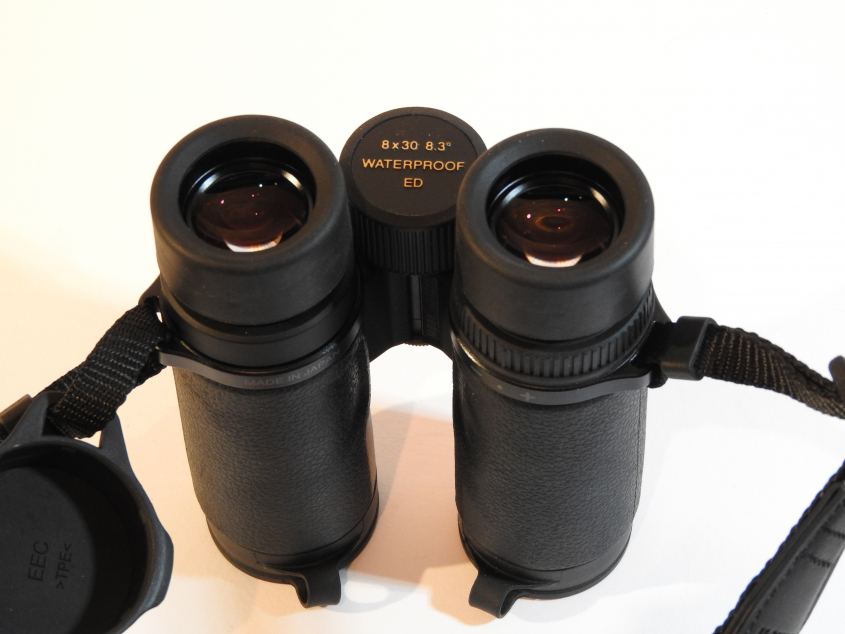

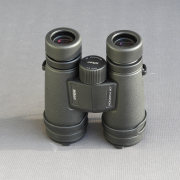
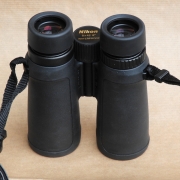

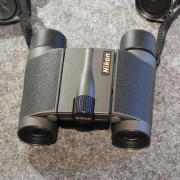
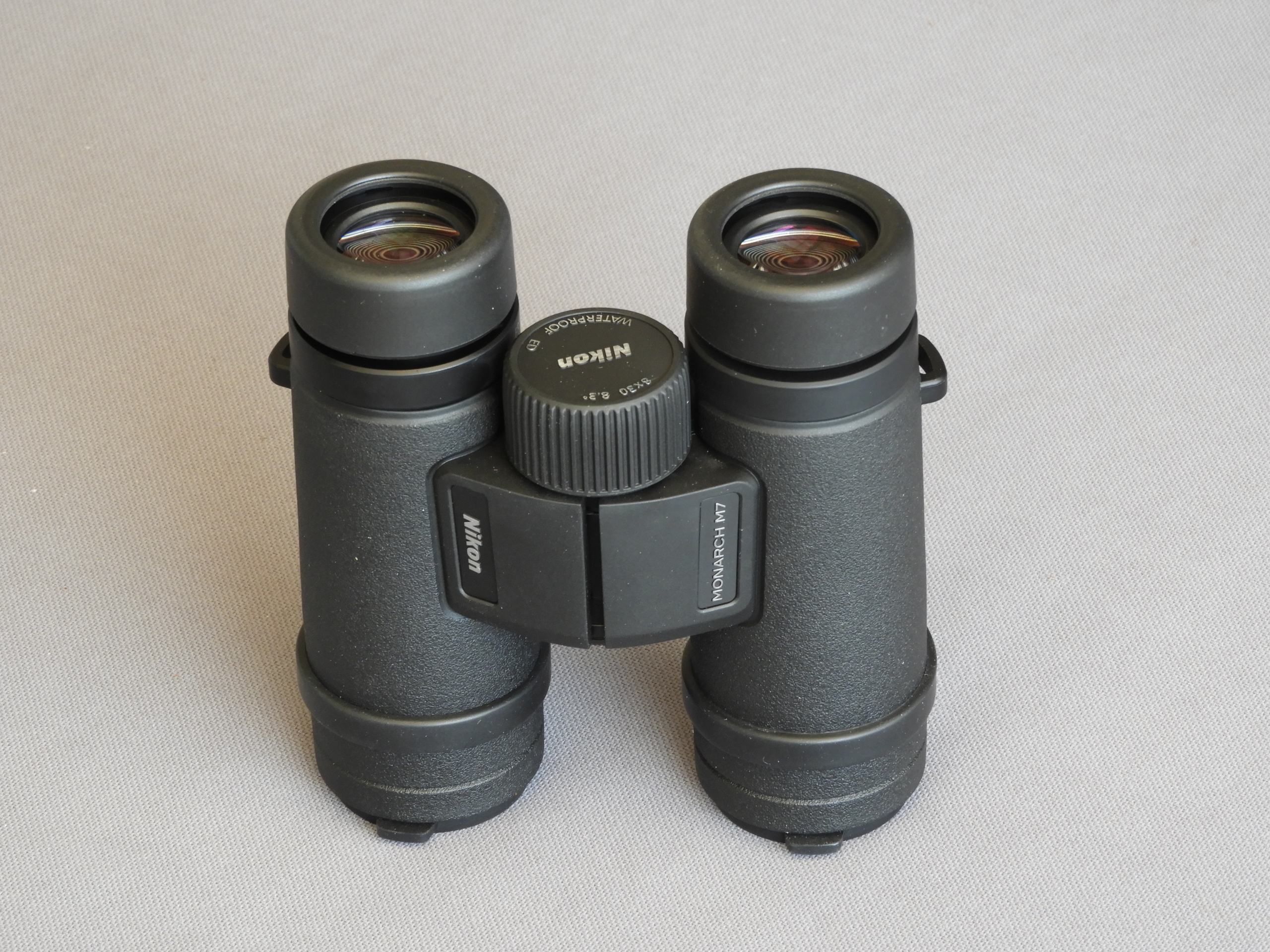

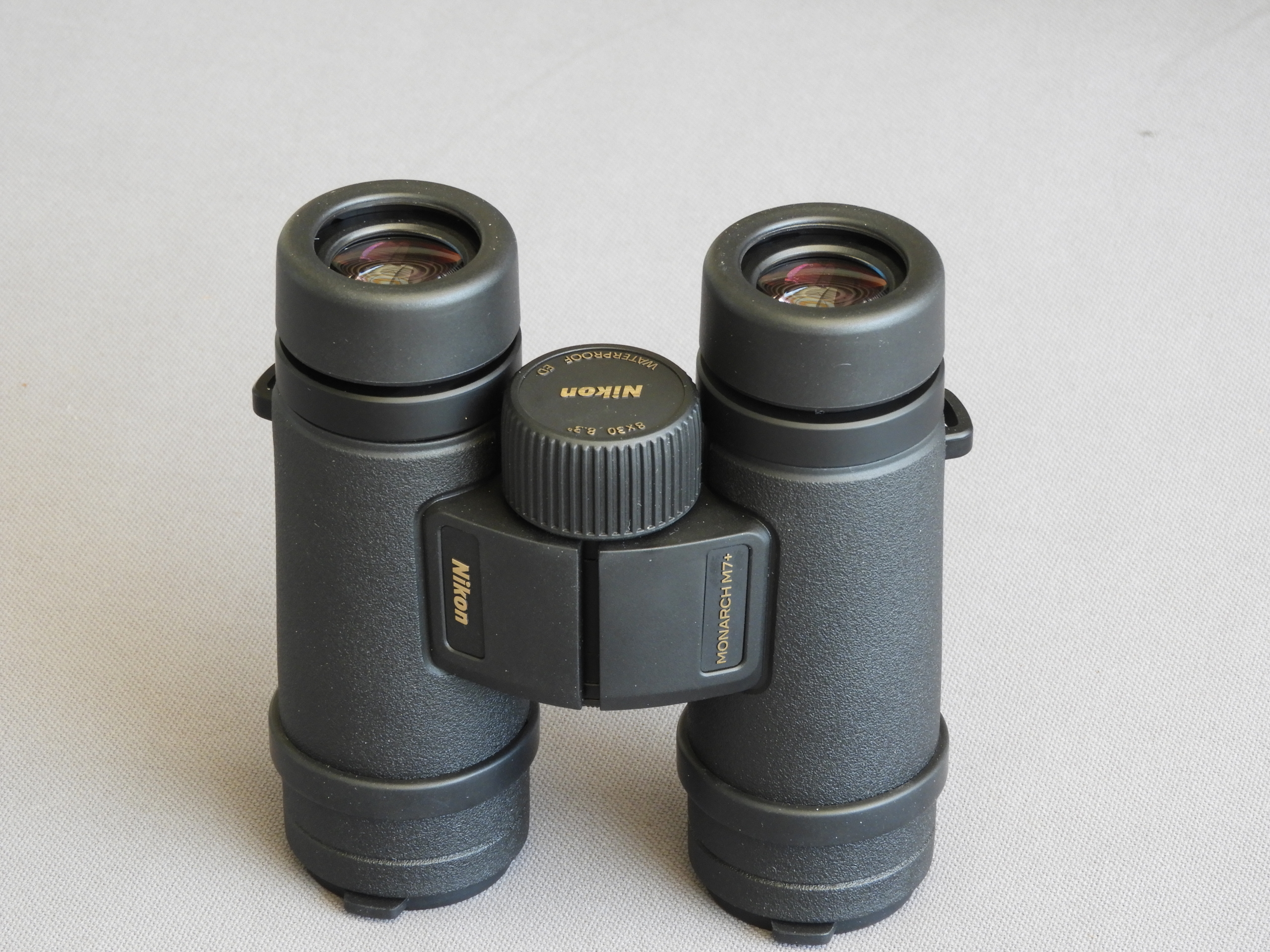


Leave a Reply
Want to join the discussion?Feel free to contribute!